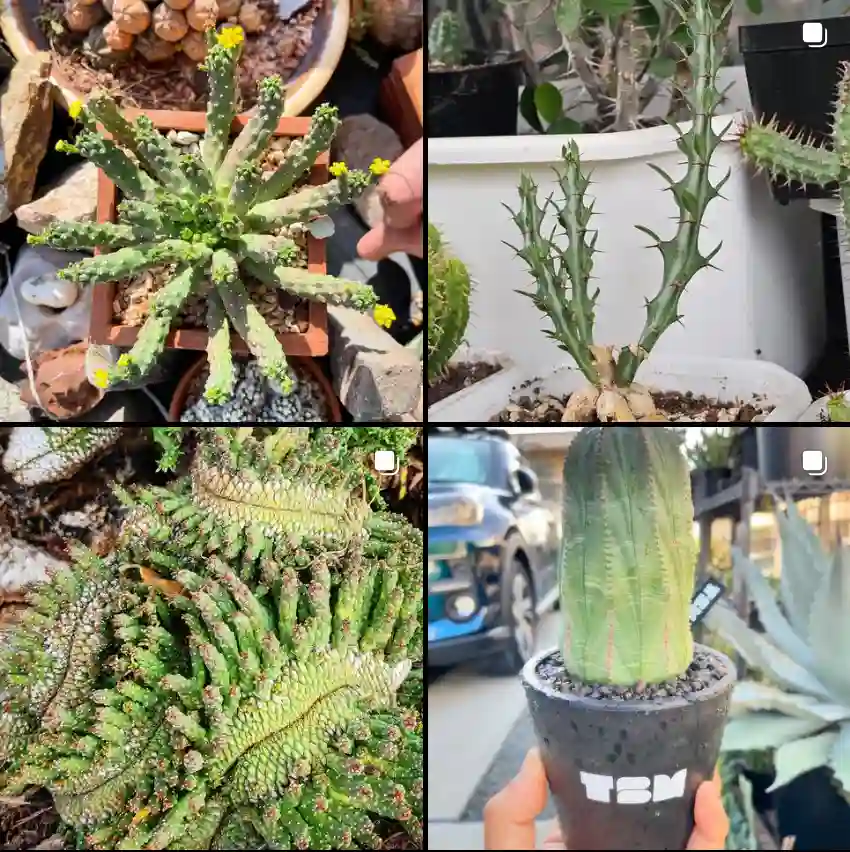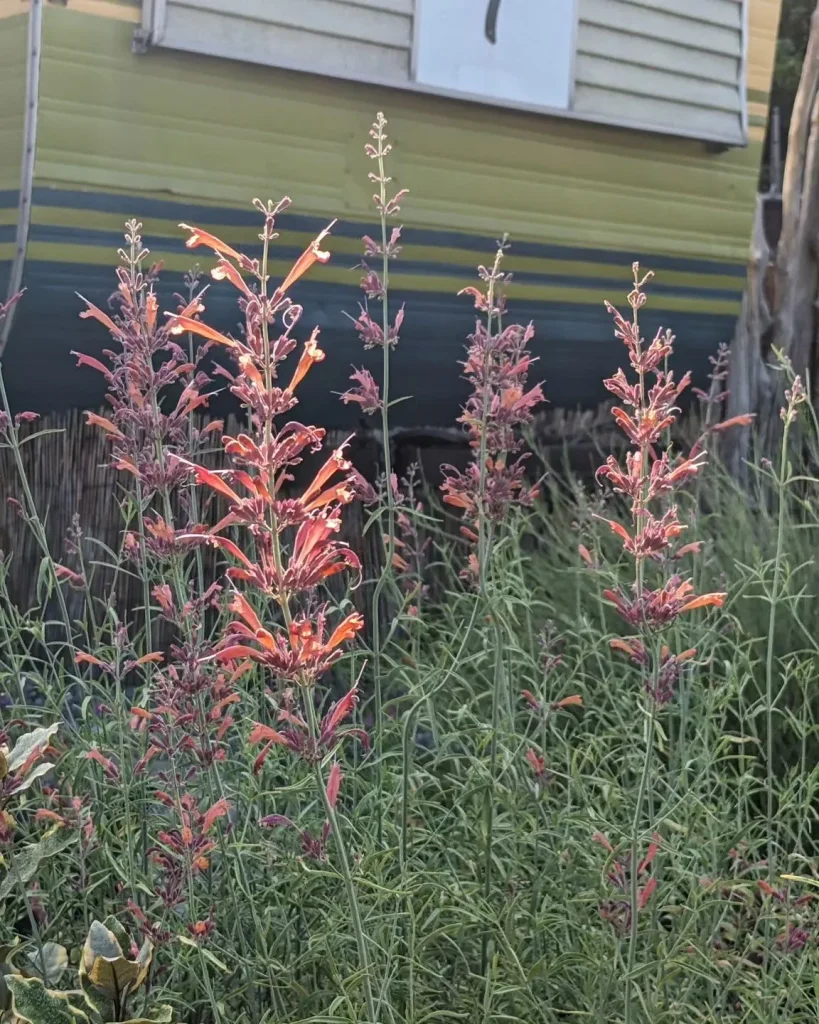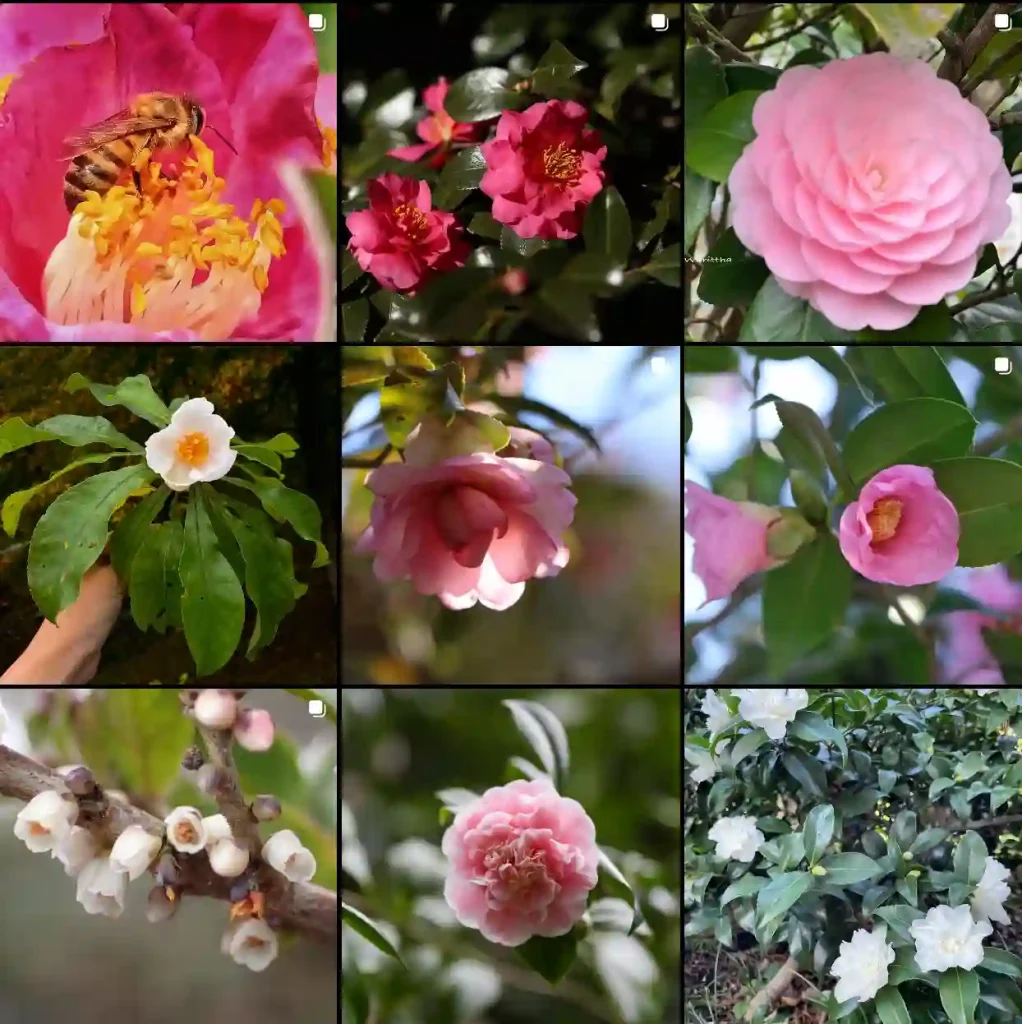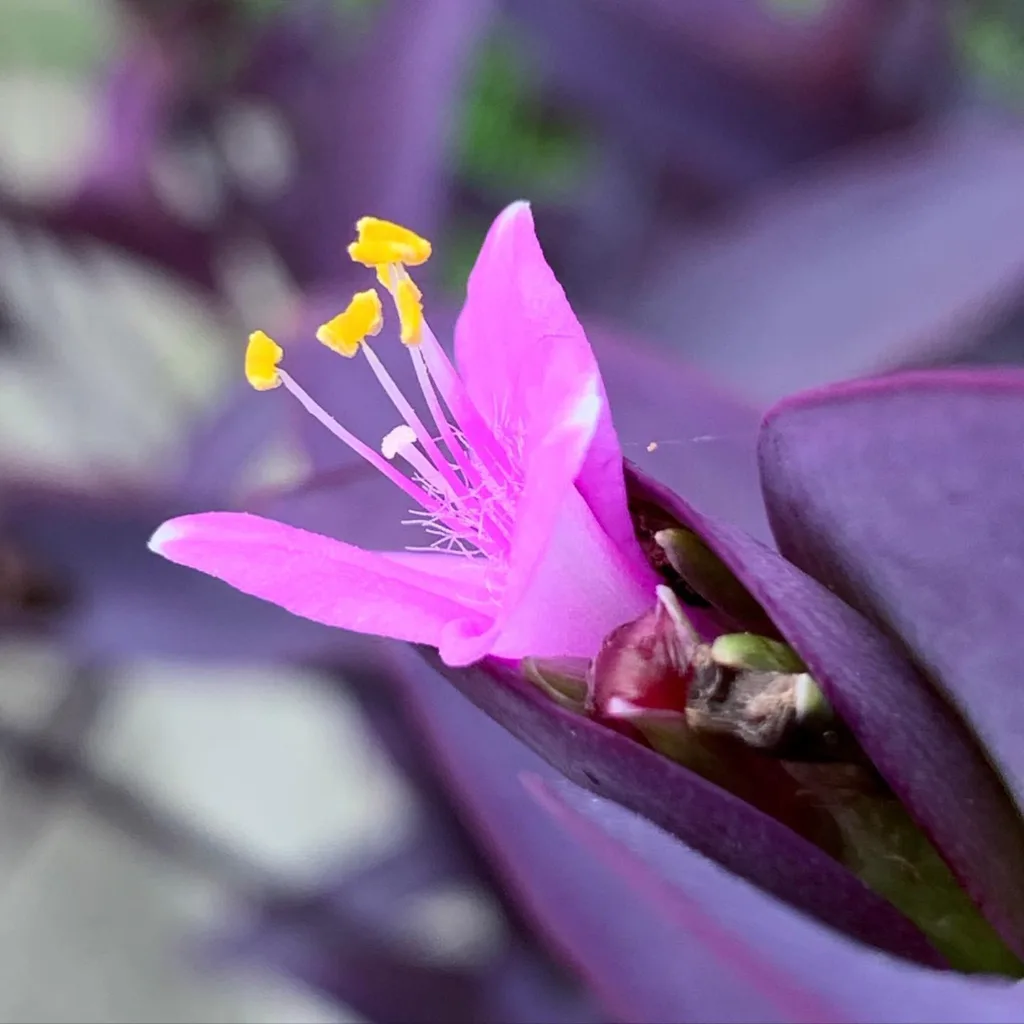
My Adventures with the American Cranberry Bush (Viburnum trilobum)
For years, I’d been drawn to the vibrant red berries that dotted the landscape in late summer. Little did I know, these belonged to the American Cranberry Bush, or Viburnum trilobum. Intrigued by its beauty and versatility, I decided to add one to my own garden. What followed was a journey of discovery, filled with lessons learned and a newfound appreciation for this remarkable shrub.
Now, I’m here to share my experience and everything I’ve learned about caring for Viburnum trilobum. Whether you’re a seasoned gardener or just starting out, this guide will equip you with the knowledge to cultivate a thriving Viburnum trilobum in your own backyard.
206 Species in Genus Viburnum
Viburnum Trilobum vs Opulus
I’ve found Viburnum Trilobum to have a more understated charm compared to the more dramatic Viburnum Opulus, which tends to make a bolder statement in my garden with its larger, showier flowers.
How to Care for Viburnum trilobum?
Viburnum trilobum is a relatively low-maintenance shrub, but providing it with the right care will ensure it thrives for years to come. Here’s a breakdown of its key needs:
- Sunlight: Viburnum trilobum prefers full sun to partial shade. Aim for at least 6 hours of direct sunlight daily for optimal growth and berry production.
- Soil: Well-drained soil is crucial. While it can tolerate various soil types, amending clay-heavy soil with compost or sand will improve drainage.
- Watering: Water deeply and regularly, especially during the first year after planting. Aim for the soil to be consistently moist but not soggy. Established plants can tolerate drier periods but benefit from occasional watering during extended droughts.
- Mulching: Apply a 2-3 inch layer of mulch around the base of the plant in early spring. This helps retain moisture, suppress weeds, and regulate soil temperature.
How to Prune Viburnum trilobum?
Pruning isn’t strictly necessary for Viburnum trilobum, but it can be beneficial for shaping the plant, encouraging bushier growth, and removing dead or diseased branches. Here are some tips:
- Prune in late winter or early spring before new growth emerges.
- Remove any dead, diseased, or damaged branches.
- For shaping, shorten overgrown branches by one-third to one-half their length.
- Encourage bushier growth by making cuts just above an outward-facing bud.
- Avoid heavy pruning as Viburnum trilobum flowers on old wood.
Is Viburnum trilobum Crampbark?
While Viburnum trilobum is sometimes referred to as crampbark viburnum, it’s not entirely accurate. Crampbark viburnum is a specific cultivar of Viburnum opulus, a close relative. Both share similar characteristics, but Viburnum trilobum generally grows taller and has larger leaves.
Is Viburnum trilobum Deer Resistant?
Great news for deer-plagued gardens! Viburnum trilobum is considered deer resistant. The bitter taste and somewhat coarse texture of the leaves deter deer from browsing on this shrub.
When Does Viburnum trilobum ‘Compactum’ Bloom?
Viburnum trilobum ‘Compactum’, a popular dwarf variety, blooms along with the species Viburnum trilobum. Expect a beautiful display of flat white flower clusters in late spring to early summer, followed by a vibrant red berry show in late summer to fall.
Will Viburnum trilobum Pollinate Viburnum opulus?
Yes, Viburnum trilobum can pollinate Viburnum opulus, as long as they bloom at the same time. However, some Viburnum opulus cultivars are self-fertile, meaning they don’t require another plant for pollination. To ensure berry production on your Viburnum opulus, it’s best to confirm its pollination requirements.
Additional Tips for Viburnum trilobum Success
- Fertilize: While not essential, a light application of balanced fertilizer in early spring can promote healthy growth.
- Potential Pests and Diseases: Viburnum trilobum is generally pest and disease resistant. However, keep an eye out for aphids, scale, and fungal diseases. If necessary, treat with organic methods whenever possible.
- Enjoy the Benefits!: The vibrant berries of Viburnum trilobum are a valuable food source for birds. Additionally, the dried bark has medicinal uses (consult a healthcare professional before using).
With a little care, your Viburnum trilobum will reward you with stunning blooms, vibrant berries, and a beautiful addition to your landscape. So, why not embark on your own Viburnum trilobum adventure? You might just be surprised by the joy this remarkable shrub brings!
If i die, water my plants!



